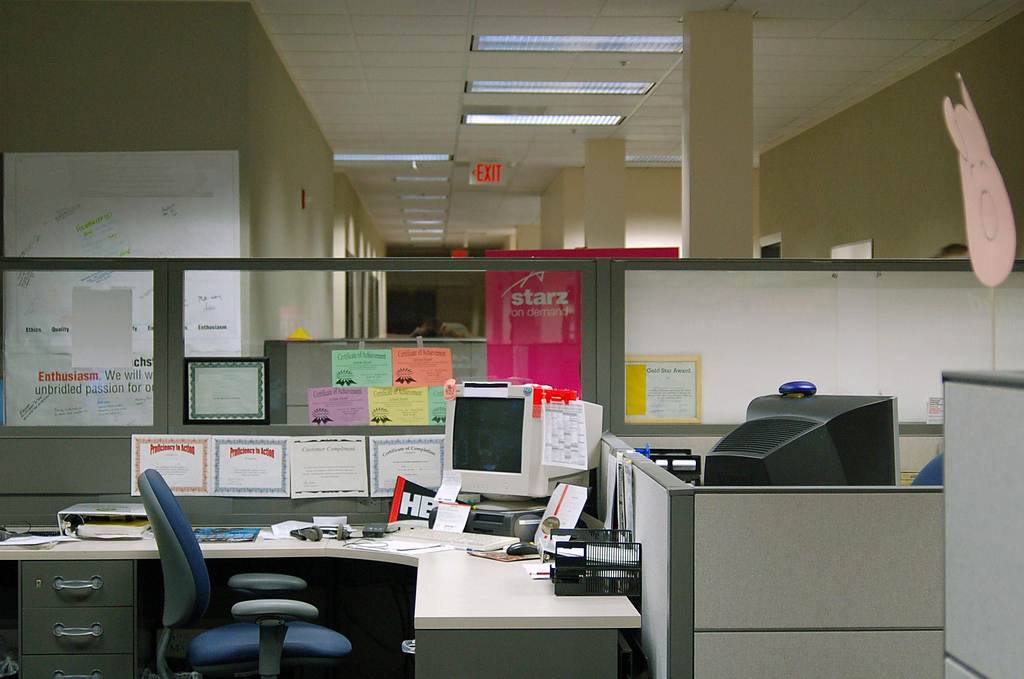Companies Move Back To Cities, Abandon Suburban Office Parks
One example that serves as an illustration is a building constructed for Western Union in 1973 in northern New Jersey. It was most recently the headquarters of education company Pearson, which took off for the city of Hoboken. The building’s design hasn’t aged very well, and the building’s owner wants to tear it down and replace it with a mixed-use development: apartments, retail, restaurants, maybe a few offices.
That seems like it would be the most logical re-use of these complexes, or the land where they sit. However, the offices’ suburban neighbors object to this plan, as they did with the plans for the Western Union/Pearson building in the wealthy suburb of Upper Saddle River, NJ.
The complex’s neighbors didn’t like the idea of replacing up to 2,000 office workers with a few hundred apartments. Residents would support apartments if the development were less dense, but “It looks out of place—you’re going to overpopulate the area,” a man who is a literal neighbor to the now-empty office complex told the Wall Street Journal.
It would be difficult to build any kind of development that’s as spread out as the rest of the community that would still be profitable, posing a problem for the landlord. Pearson isn’t alone in abandoning its suburban home, though: General Electric is moving its headquarters from Connecticut to Boston, to cite one prominent example.
Casualty of Cities’ Resurgence: The Suburban Offices Left Behind [Wall Street Journal]
Want more consumer news? Visit our parent organization, Consumer Reports, for the latest on scams, recalls, and other consumer issues.


